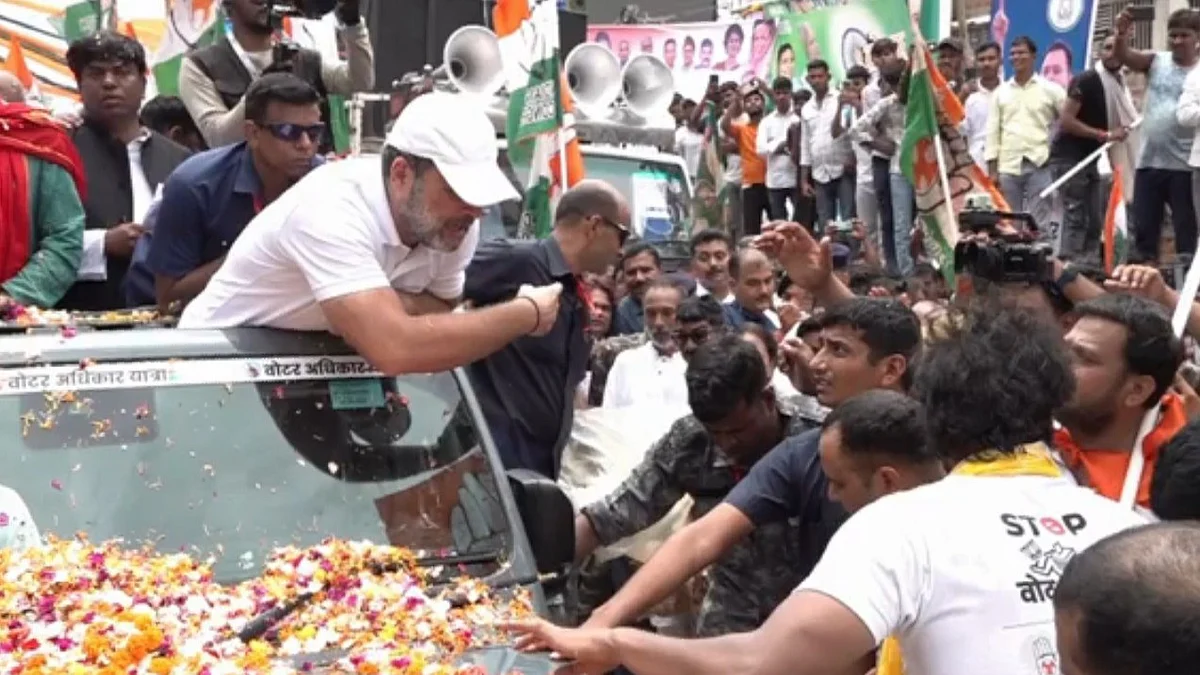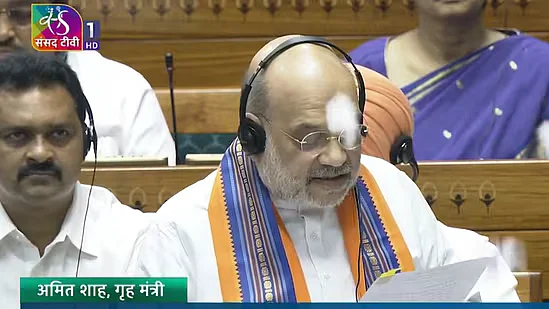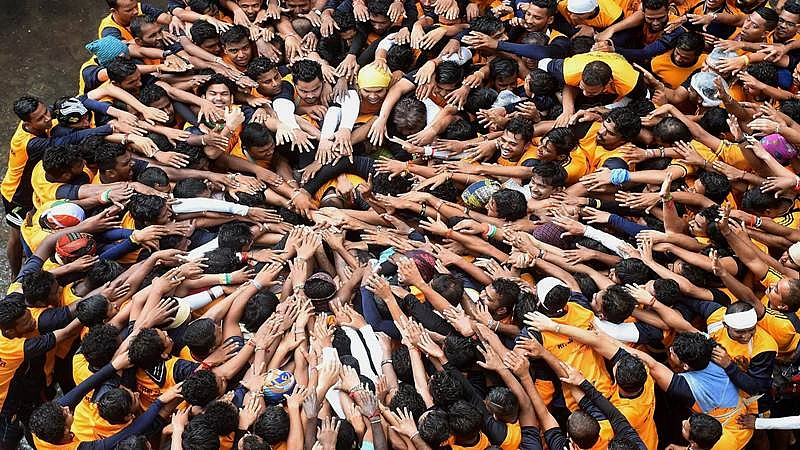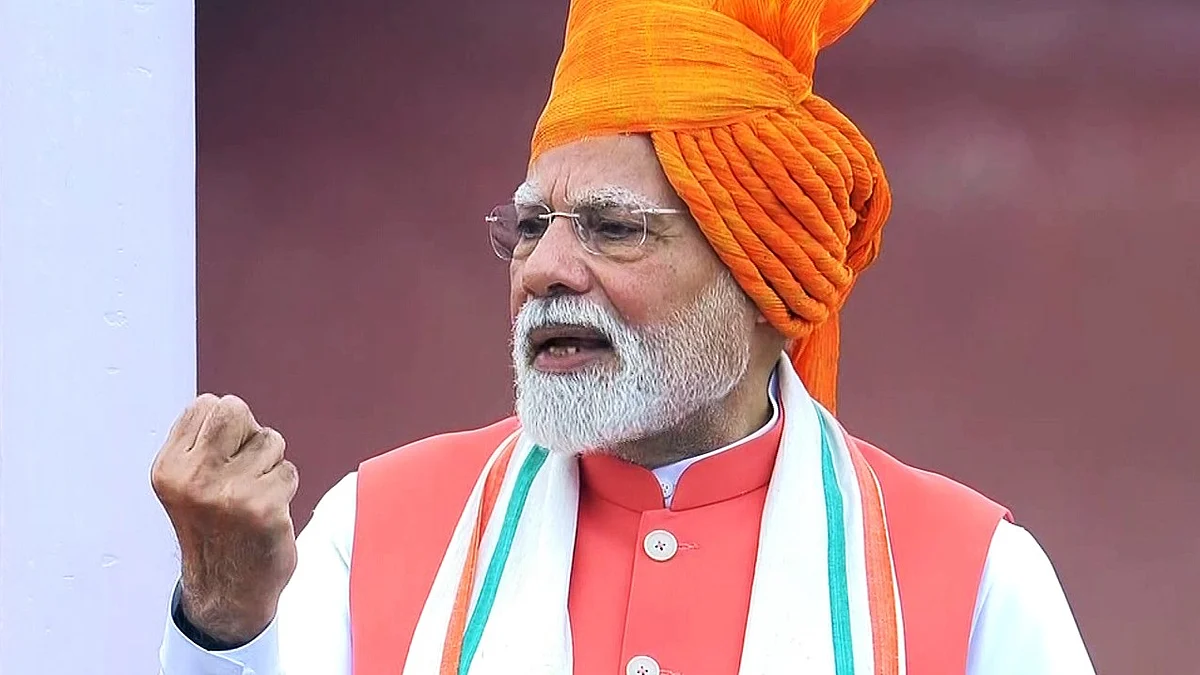Even as we have been discussing different aspects of higher education in India in the past one year in this column, most have generally only anecdotal and personal familiarity with institutions of higher education, without any reference to the larger framework.
We often fail to realise that India is an incredibly diverse, large, and unequal country and, in the last 75 years since Independence, there has been an unprecedented transformation in our society. Education is one key area in which India has changed irrevocably in this period, not only from primary to higher education to research within the country but also regarding how many Indian students now routinely go abroad for higher education.
India's Higher Education Diversity
While there is no consistent data to help us analyse these changes in the field of education since Independence, since the year 2010-11 the Ministry of Education has been carrying out an annual survey of higher education in the country (AISHE). It is an online survey, voluntary, and is almost entirely based on information supplied by institutions of higher education themselves. Yet, it is a reliable guide to who goes to college, what one studies in these colleges, where they are located, how they are managed and financed, and so on. It is an annual snapshot of higher education in the country. Given the necessary time lag between asking for information and collecting and analysing data, the latest available survey is for the year 2020-21 with the reference date for data as December 31, 2020.
Based on the data available in this survey, I propose to sum up the present picture of higher institutions in the country in two parts. This article sums up data about the institutional network while in the next article, I will summarise the composition of students enrolled, courses they choose, teaching and non-teaching staff patterns and the number of foreign students our colleges and universities attract and from which countries.
Evolving Education Scenario
A total of 1,113 universities, 43,796 colleges, and 11,296 standalone Institutions were registered in AISHE, 2020-21. Of them, 1,099 universities, 41,600 colleges, and 10,307 standalone Institutions filled and verified their responses.
Out of 1,113 universities, 657 are public universities (central government: 235, state government: 422). 10 were government-aided (financially) deemed universities and 446 were private (unaided) universities. Further, there are 615 general, 188 technical, 63 agriculture & allied, 71 medical, 26 law, 19 Sanskrit and 8 language universities. The remaining 121 universities are of other categories.
There are 17 universities exclusively for women (14 state public universities, 2 private universities, and one deemed private (aided)). 4,375 (10.5%) colleges are exclusively for women, while only 72 (0.2%) colleges are exclusively for males. The number of colleges, affiliated with 315 state and central public universities, is 43796. 475 (43%) universities and 26900 (61.4%) colleges are located in rural areas.
There are 16 open universities: one central, 14 state, and one private. They offer education in distance mode to students in remote areas and to employed individuals.
Regional Disparities in College Distribution
There are wide variations in the number of colleges per district; 4,671 (10.7%) colleges out of the total are registered in only 10 districts ranging from more than 1,000 colleges in Bangalore urban to 600 in Jaipur to about 500 each in Hyderabad and Pune. The top 50 districts have about 32% of all colleges while 141 districts have less than 10 colleges each. In fact, college density (the number of colleges per lakh eligible population) varies from 8 in Bihar to 62 in Karnataka as compared to the all-India average of 31. Uttar Pradesh, Maharashtra, Karnataka, Rajasthan, Tamil Nadu, Madhya Pradesh, Andhra Pradesh, Gujarat, Telangana and Kerala are top 10 states in terms of number of colleges. Each of these states has at least 29 colleges per lakh eligible population. On the other hand, three Union Territories, Andaman and Nicobar Islands, Dadra and Nagar Haveli, and Daman and Diu and Lakshadweep have no university at all.
Dominance of Small, Undergraduate, and Rural Colleges
A very large number of colleges offer only undergraduate-level courses. Only 2.9% of colleges offer PhD and 55.2% of colleges offer post-graduate level courses; 35.8% of colleges offer only a single course and out of these colleges, 82.2% are privately managed. Among these, 30.9% offer only BEd courses.
Out of 41,600 colleges, 8,903 (21.4%) are government colleges, 5,658 (13.3%) are private (aided) and 27,039 (65%) are private (unaided) colleges. A majority of colleges are small; 6,766 (16.6%) colleges have less than 100 students while about 19,763 (48.5%) colleges have student strength between 100 and 500. In fact, only 1,749 (4%) colleges have enrolment of more than 3,000 students.
Standalone institutions are specialised institutions offering diploma courses. These include polytechnics, teacher training institutes, nursing institutes, management institutes, institutes directly under central ministries, para-medical institutes, and hotel and catering institutes. There are more than 3,000 such institutes each, offering technical courses, teacher training, and nursing courses. The number of standalone institutions varies widely across states. Further, 23.8% of these are government-owned and managed while 10% are private (aided) and 66.1% are private (unaided); 57.6% of these institutions are located in rural areas.
This set of data informs us that the network of institutions of higher education in the country is dominated by single-course, undergraduate, small, and rural colleges, privately owned and managed without any financial assistance from the state. This is very different from the colleges that many of us — students/ teachers/parents — in a city like Mumbai or Delhi are familiar with: hundreds of students, offering multiple courses and still significantly funded by the state.
Vrijendra taught in a Mumbai college for more than 30 years and has been associated with democratic rights groups in the city.












